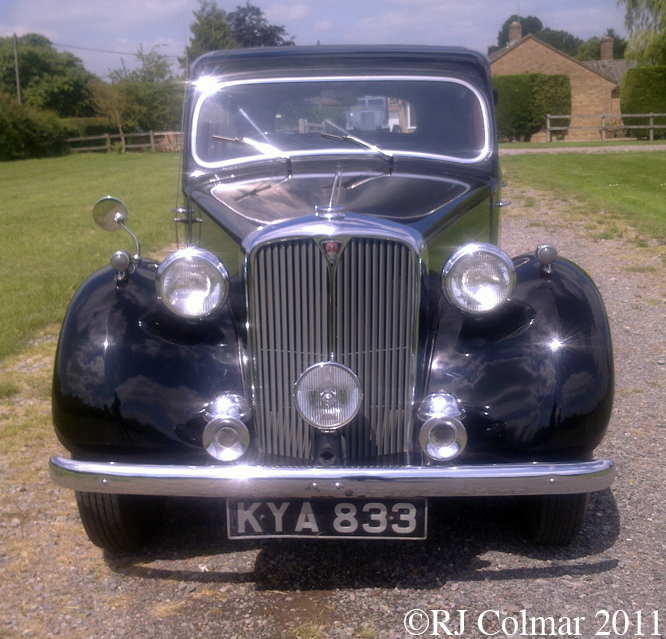
From 1904 still using the Rover Marque brand the company started building motor cars and motorcycles.
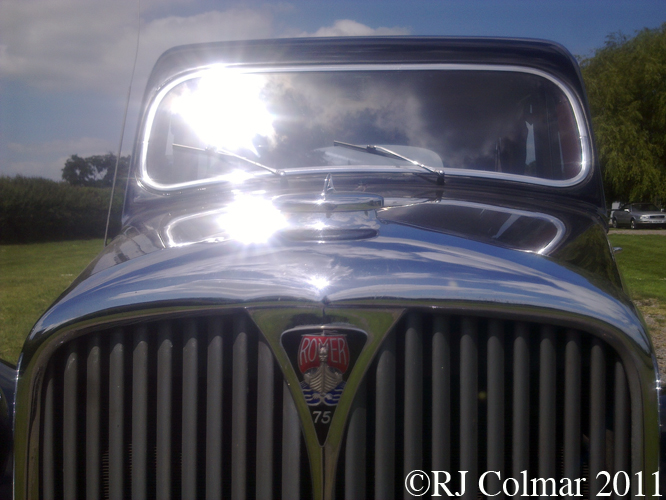
After World War 2 Rover moved to it's Solihull factory where it had engaged in building aircraft for the war effort, since it's car plant in Coventry had been wiped out by bombing during the hostilities. The interim P3, launched in 1948, was Rovers first post war model.
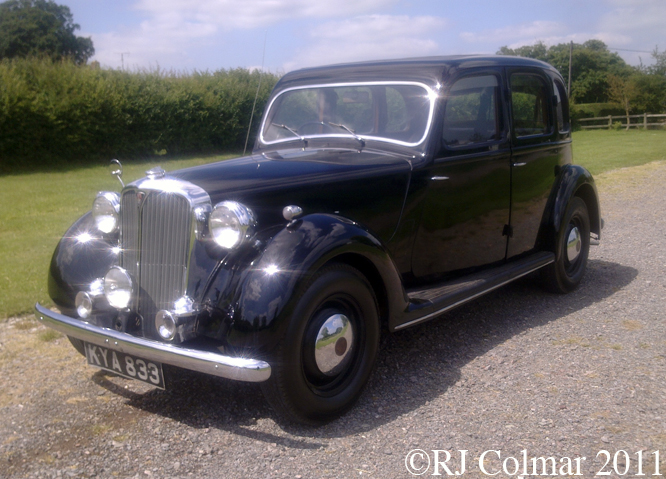
The Rover 75 version of the P3 was powered by a novel new six cylinder motor that featured overhead inlet valves and side exhaust valves that had been developed prior to the commencement of hostilities in 1939.
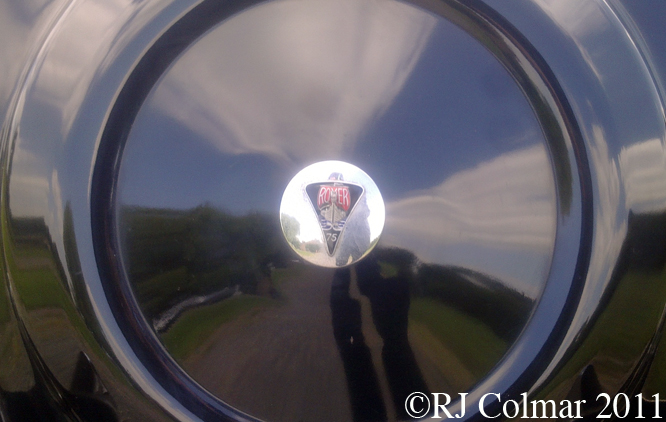
The styling combined elements of the pre war Rover 12 and 16 but only the Rover 12 wings and bonnet were carried over from the narrower earlier designs.
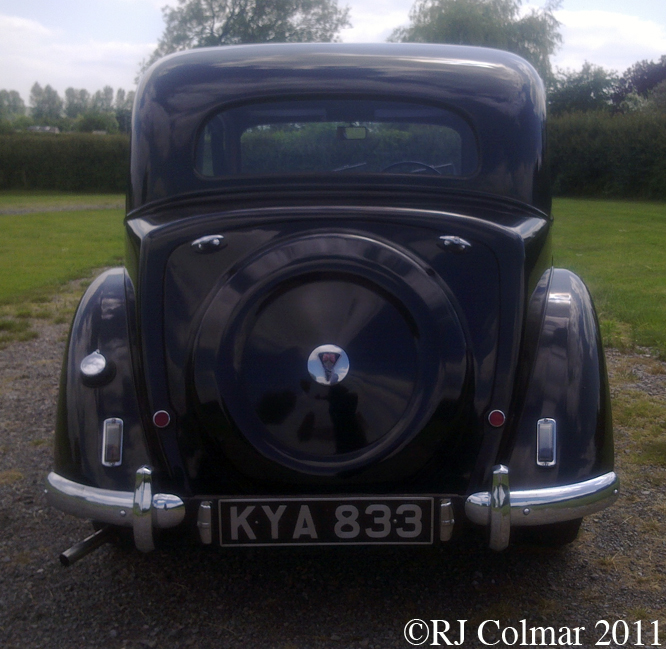
The unitary monocoque design, requiring no independent chassis, featured independent front suspension and hybrid hydraulic / mechanical brakes.
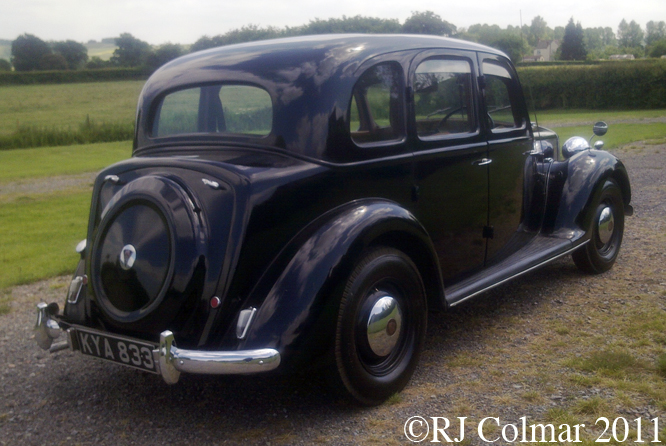
This the 75 body style seen here was known as a light six saloon and cost a relatively expensive £1106, £ 26 more than the similar 4 cylinder 'Sports Saloon' known as the Rover 60.
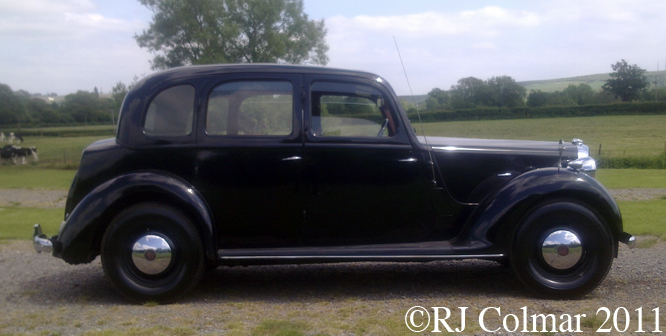
From 1948 - 1949 7,837 Rover 75's were produced before the all new P4 vehicle was introduced.
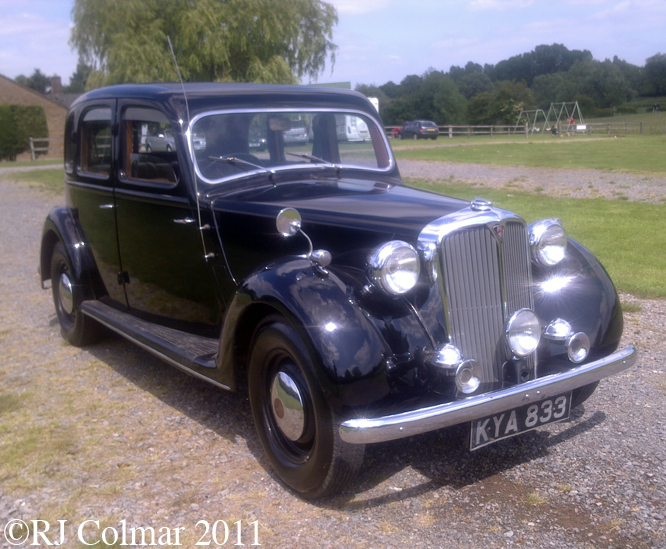
The engine and gearbox of the P3 formed the basis of the very first agricultural all terrain 'Land Rover' conceived in 1947. Note the vehicle above built in times of material austerity features a cyclops third head light but only one wing mirror.
This particular P3 can be seen at the Atwell Wilson Motor Museum in Calne.
Thanks for joining me on this 'overhead and side valve' edition of 'Gettin' a lil psycho on tyres', I hope you'll join me again tomorrow. Don't forget to come back now !
No comments:
Post a Comment